Types of Veneer Manufacturing
Rotary Peeling
How It’s Manufactured
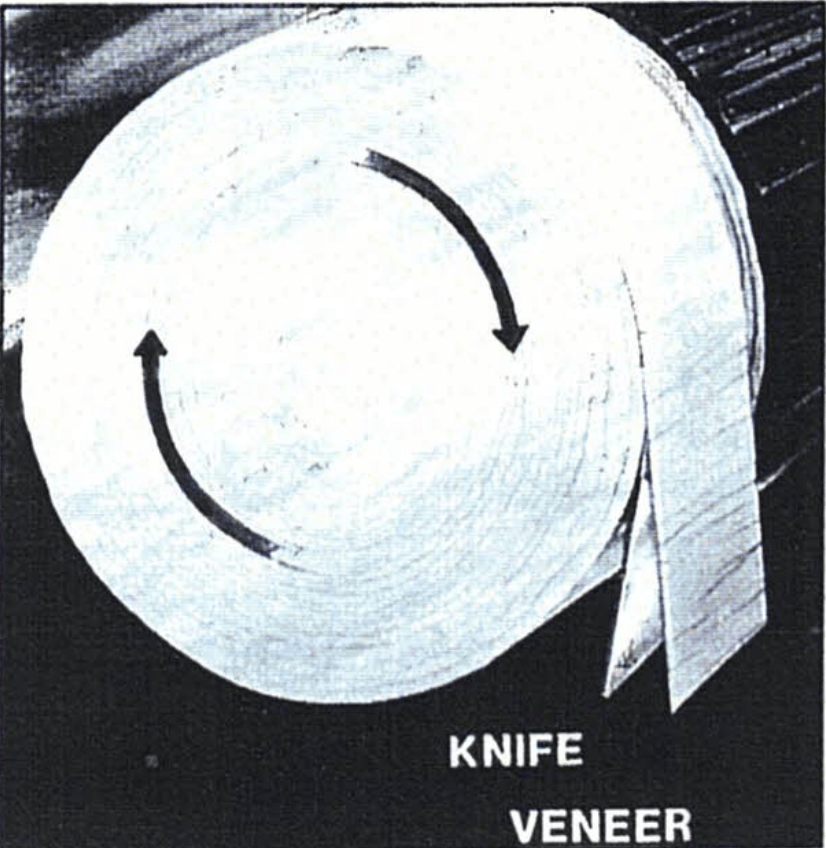
Appearance
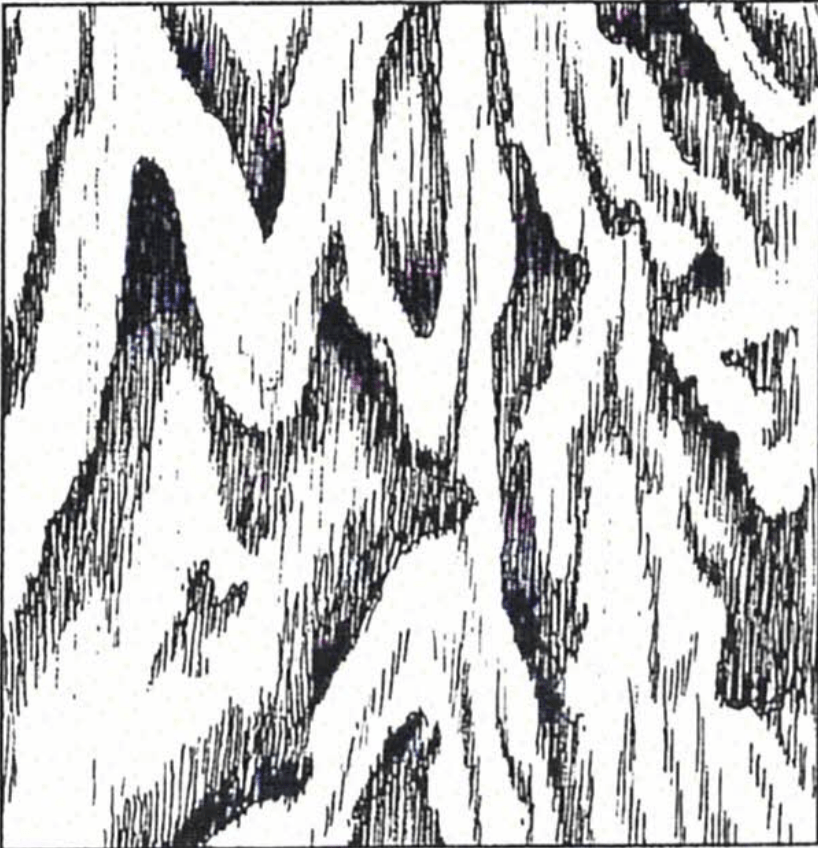
Rotary Peeling
The log is turned in a circular motion against a knife peeling off a continuous thin sheet of wood veneer (like unrolling wrapping paper), the most economical method of producing veneer, resulting in the highest yield. The grain is inconsistent and leaves are most difficult to match. This type of veneer is best suited for paint grade or utility surfaces.
Half Round Slicing
How It’s Manufactured
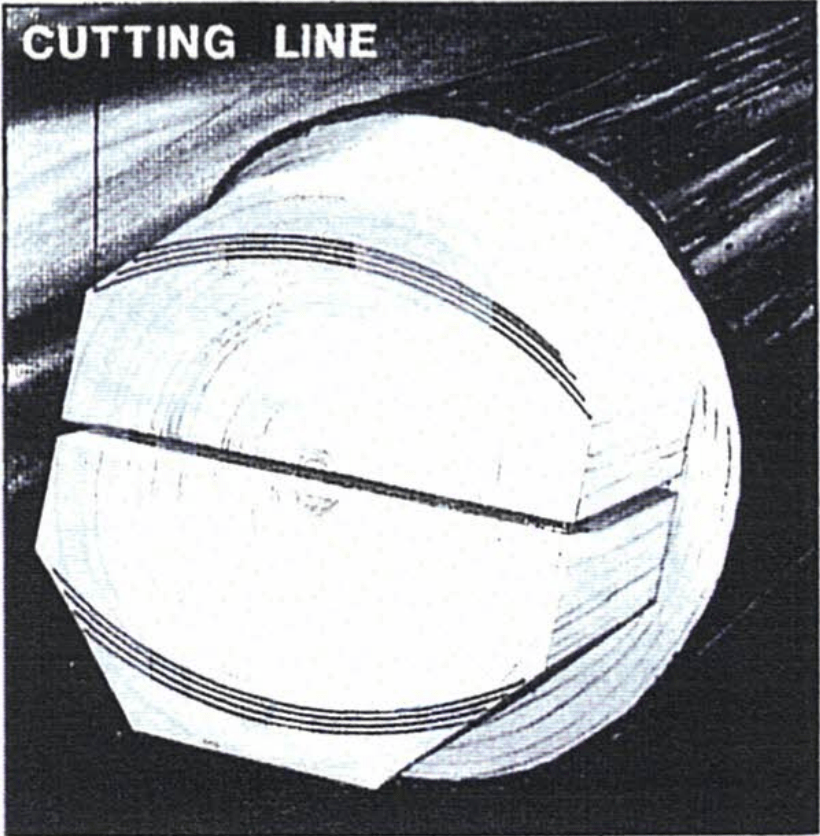
Appearance
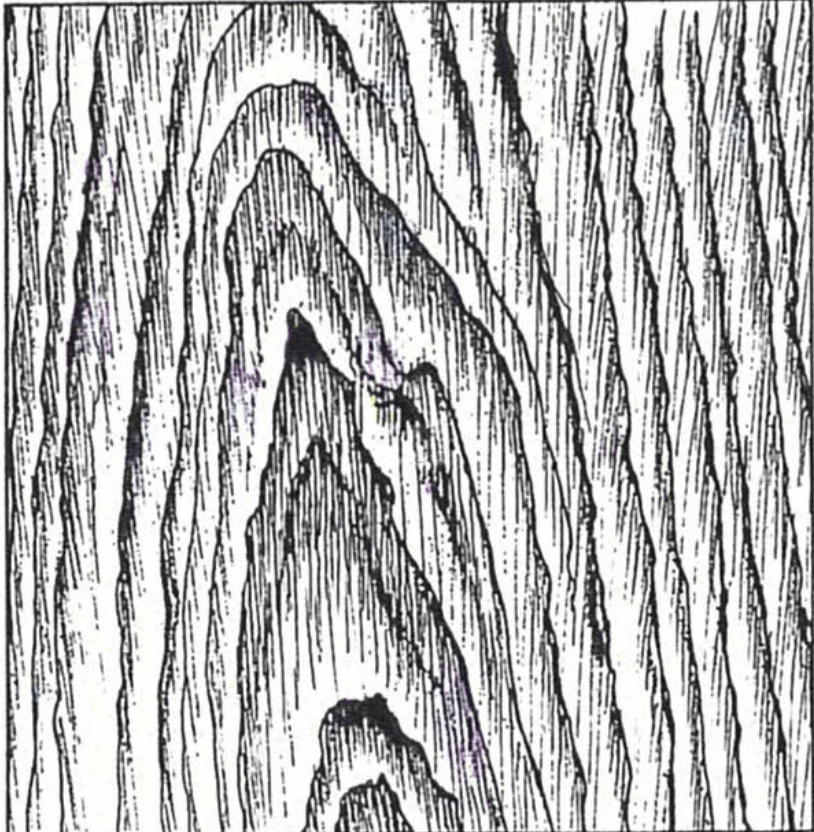
Half Round Slicing
Similar to rotary peeling, also producing a high veneer yield. Used primarily to add width to narrow stocks by increasing the plane of cut. Also used to enhance a particularly wild grain pattern. Matching is possible because the leaves can be kept in sequence. Half round cutting may be used to achieve “flat cut” veneer appearance.
Flat Cut
How It’s Manufactured
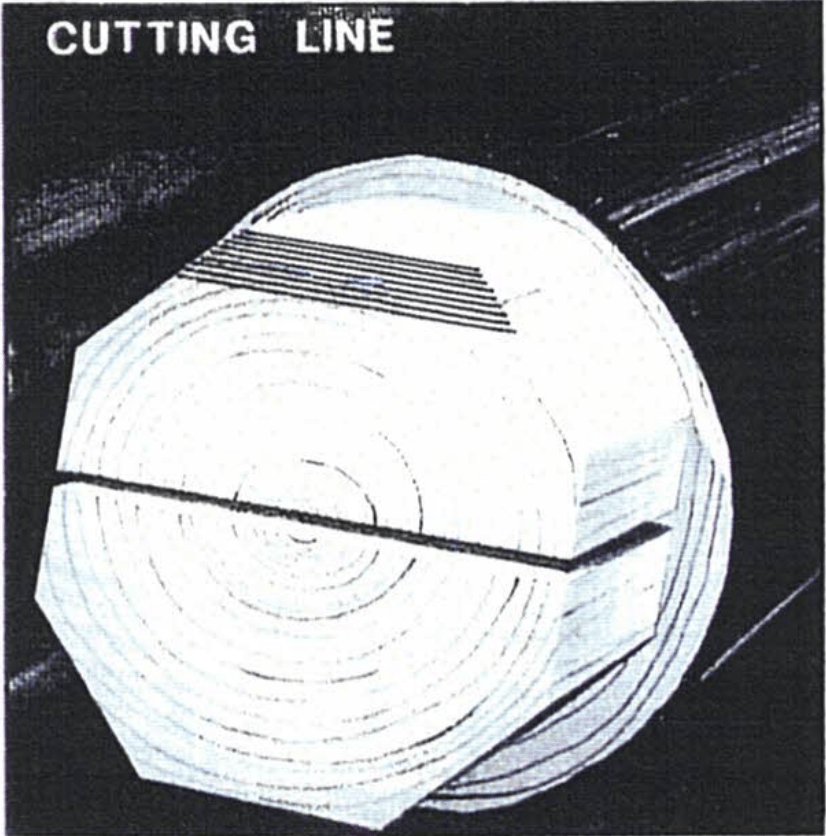
Appearance
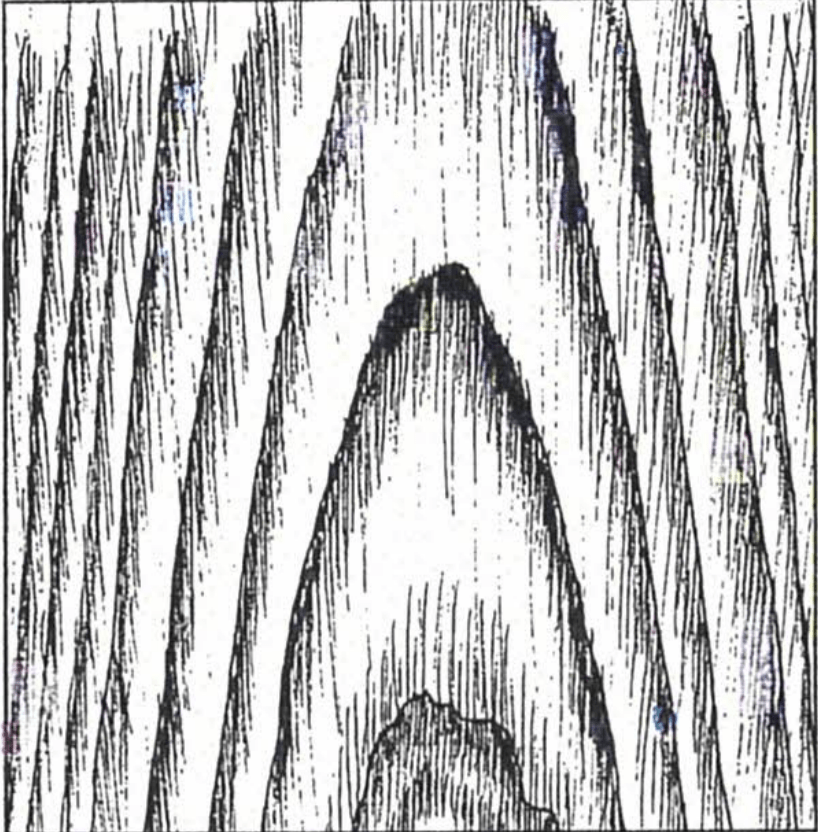
Flat Cut
Also called PLAIN SLICING, is the most common method of veneer manufacturing, producing a grain pattern known as cathedral. Because each leaf in the flitch is similar, a consistent and even matching pattern is possible. Flat cut veneer is ideally suited for wall panels and furniture.
Quarter Slicing
How It’s Manufactured
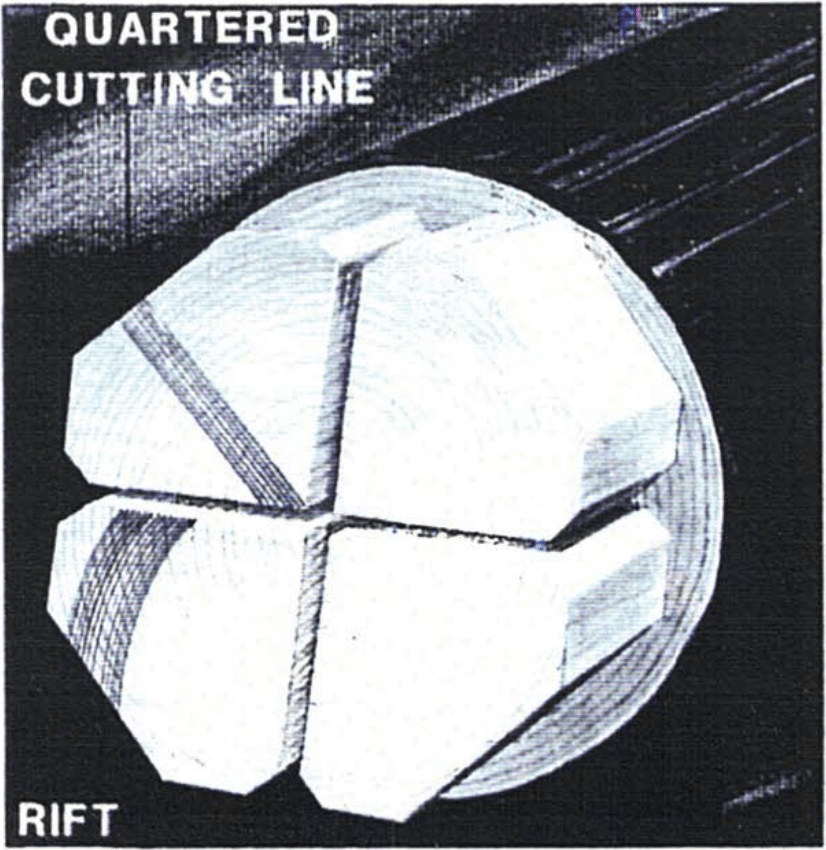
Appearance
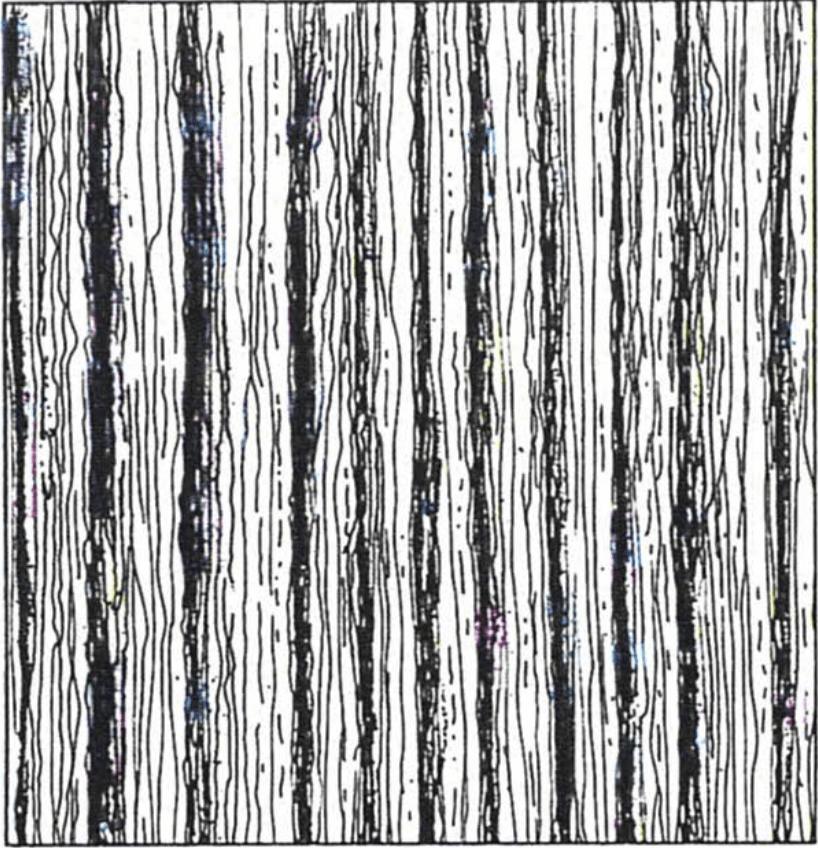
Quarter Slicing
This cut requires the largest diameter logs and produces straight grained veneers. The quarter slicing of oak can result in the appearance of flake.
Rift Cut
Produced by cutting at a slight angle to the radial to produce a quartered appearance without excessive ray flake. The Rift cut method commonly used for Oak, can only be used on sizable logs. Rift Cut veneer can easily be sequenced and matched.
